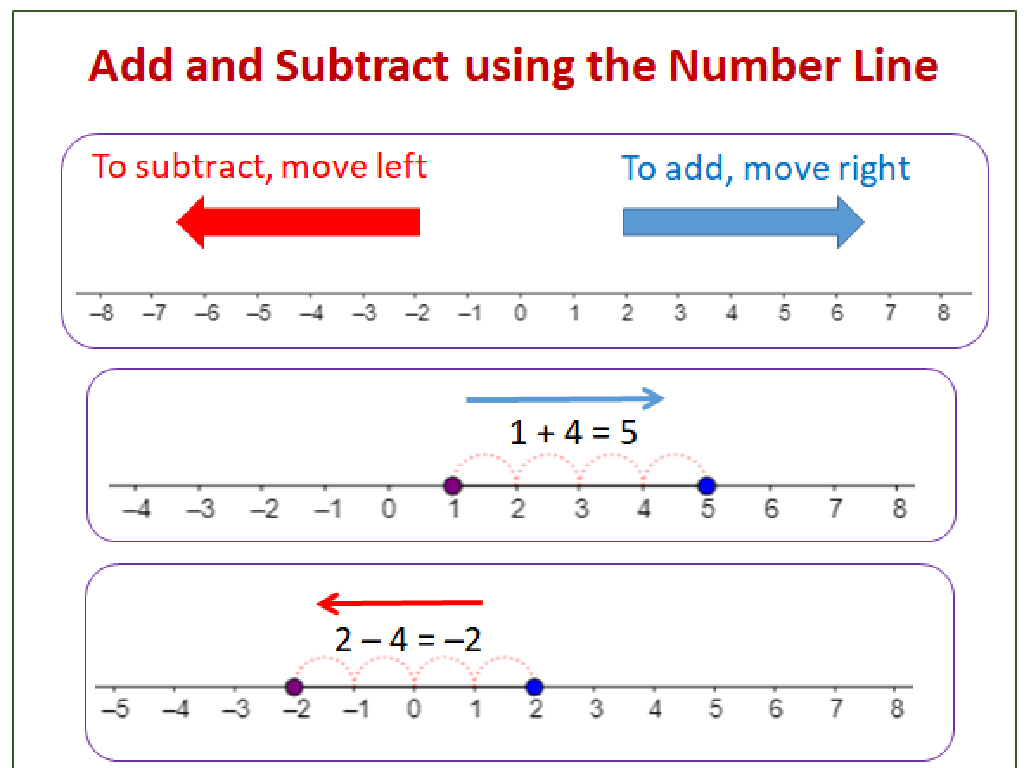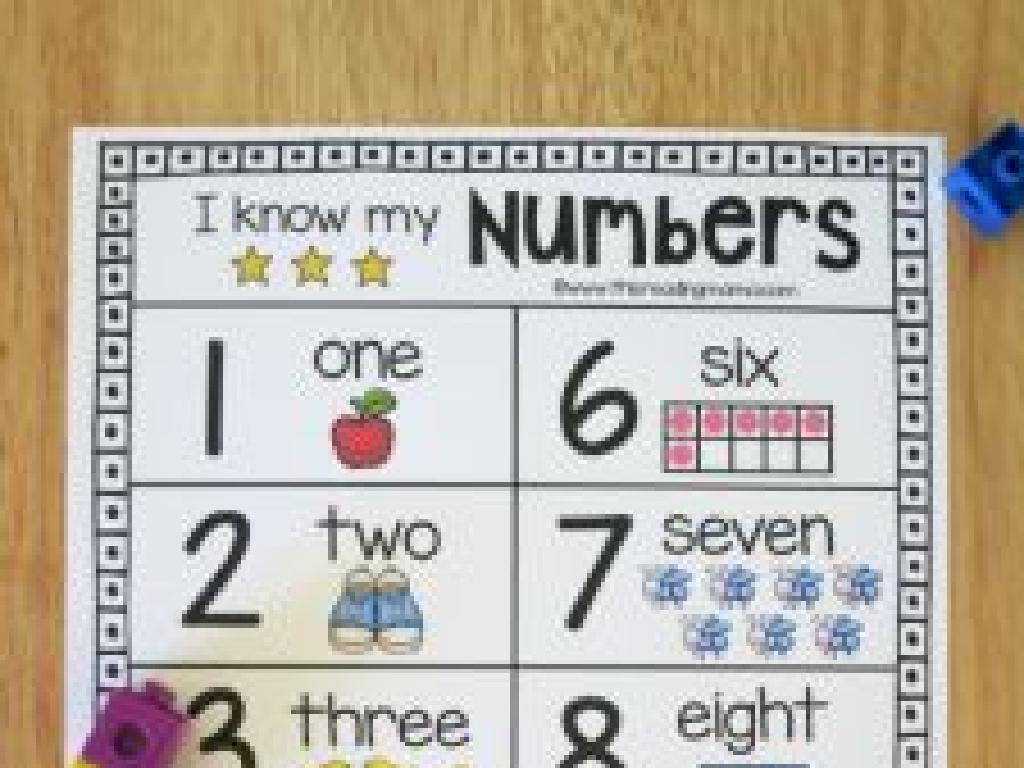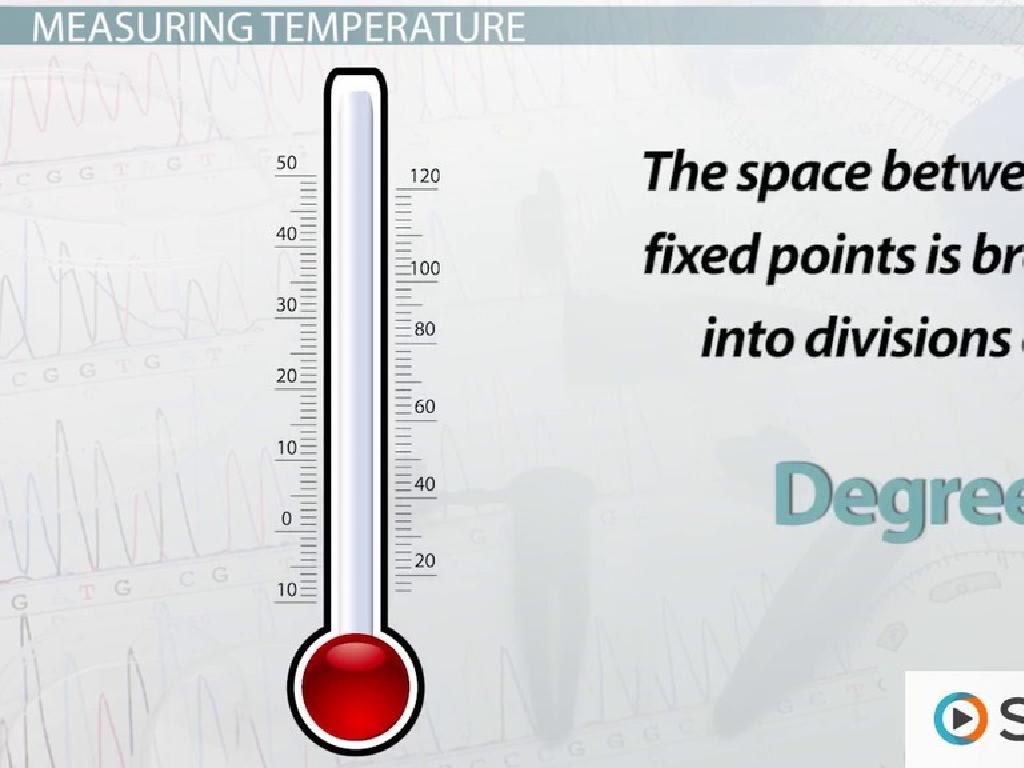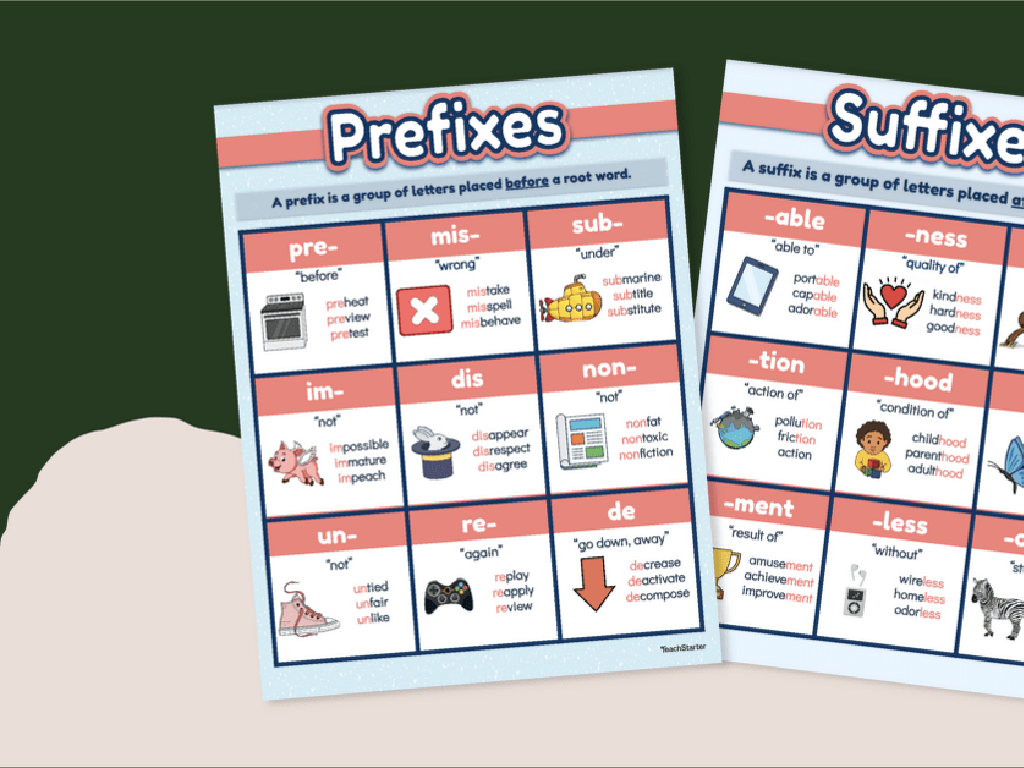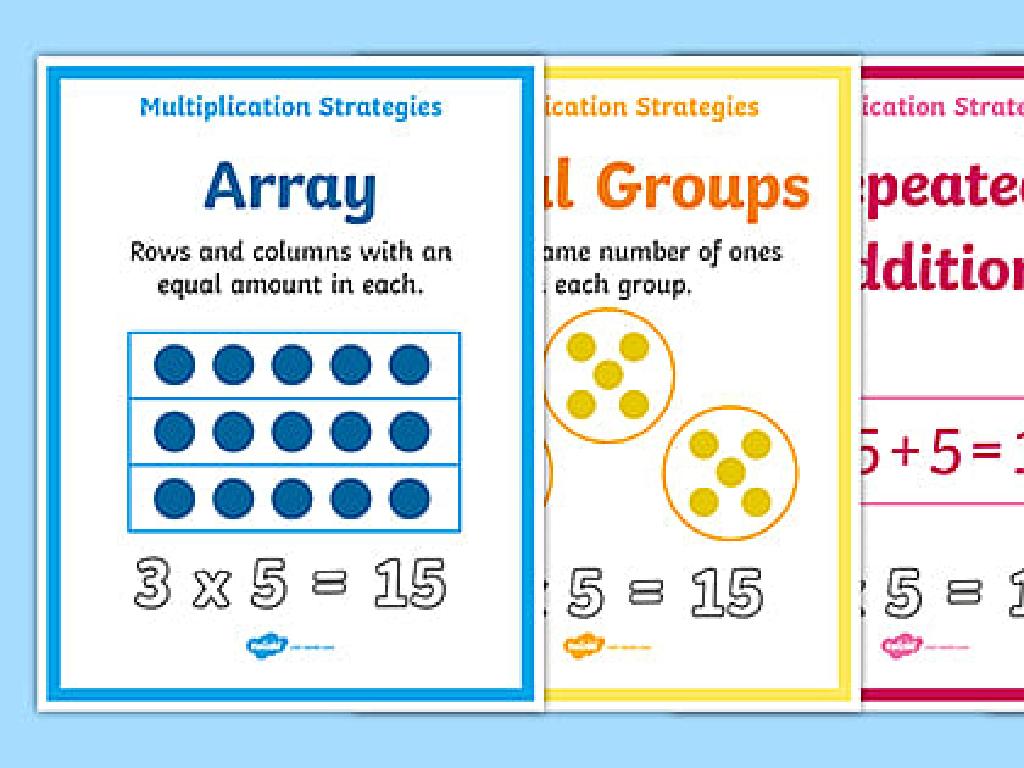Correct Errors In Everyday Use
Subject: Language arts
Grade: Eighth grade
Topic: Editing And Revising
Please LOG IN to download the presentation. Access is available to registered users only.
View More Content
Editing and Revising: Everyday Errors
– Importance of editing and revising
– Ensures clarity and accuracy in communication
– Focus on common everyday errors
– Errors like ‘your vs. you’re’ or ‘its vs. it’s’
– Objective: Identify and correct errors
– Spot mistakes in writing to improve quality
– Grammar, usage, and mechanics
– Punctuation, verb tenses, and sentence structure
|
This slide introduces the concept of editing and revising, emphasizing its importance in clear and accurate communication. Students will focus on identifying and correcting common errors that often occur in everyday writing, such as misuse of homophones and incorrect punctuation. The objective is to help students develop a keen eye for grammar, usage, and mechanics, which are essential components of effective writing. Encourage students to think critically about the text they encounter and to apply these skills in their own work. Provide examples of common errors and engage the class in correcting sentences as a group activity to reinforce learning.
Common Grammar Mistakes
– Master subject-verb agreement
– Ensure the subject and verb in a sentence agree in number
– Use pronouns correctly
– Pronouns must match the nouns they replace in gender and number
– Avoid run-on sentences
– Run-on sentences are improperly connected; use punctuation
– Prevent sentence fragments
– Fragments lack a subject or verb; make them complete sentences
|
This slide addresses frequent grammar errors that students should learn to correct. Subject-verb agreement is crucial for sentence clarity, and students should practice identifying the subject and verb in sentences to ensure they match in number. Pronoun usage is another common error area; students must ensure pronouns agree with their antecedents. Run-on sentences can confuse readers and should be corrected with proper punctuation, such as periods, commas, or conjunctions. Sentence fragments often lack a main clause; students should revise them to express a complete thought. Provide examples and exercises for each point to reinforce learning.
Punctuation Pitfalls: Mastering Marks
– Comma, period, and semicolon uses
– Commas add pause, periods end sentences, semicolons link related ideas.
– Apostrophes: possession vs. contraction
– Apostrophes show ownership (James s book) or contractions (can t for cannot).
– Quotation marks and placement
– Quotation marks enclose speech and quotes; placement with other punctuation varies.
– Why punctuation matters
|
This slide aims to highlight common punctuation errors and their corrections. Start by explaining the roles of commas, periods, and semicolons in structuring sentences. Emphasize the difference between possession and contraction with apostrophes, using examples to illustrate correct usage. Discuss the importance of quotation marks in denoting speech and text citations, and how their placement interacts with other punctuation. Stress the overall importance of punctuation in clarifying meaning and preventing misunderstandings. Provide exercises where students correct sentences with punctuation errors and create their own examples.
Spelling Mastery and Vocabulary Expansion
– Correct commonly misspelled words
– Words like ‘separate’, ‘definitely’, ‘necessary’, often get misspelled.
– Differentiate between ‘their’, ‘there’, ‘they’re’
– ‘Their’ shows possession, ‘there’ refers to a place, ‘they’re’ is ‘they are’.
– Use context clues to understand words
– Guess the meaning from the sentence before looking it up.
– Practice with vocabulary exercises
|
This slide aims to address common issues students face with spelling and vocabulary. Start by discussing the importance of correct spelling for clear communication. Provide a list of commonly misspelled words for students to take note of. Then, move on to homophones, which are words that sound the same but have different meanings and spellings. Use examples to show the correct usage of ‘their’, ‘there’, and ‘they’re’. Next, teach students how to use context clues to infer the meaning of new or unfamiliar words, which is a critical reading comprehension skill. Finally, engage students with vocabulary exercises that can help reinforce their learning. Encourage students to create sentences using new vocabulary and homophones to demonstrate their understanding.
Mechanics Matter: Enhancing Clarity
– Capitalization rules in writing
– Capitalize the first word of sentences, names, and titles.
– Using italics and underlining for titles
– Italicize or underline book and movie titles for emphasis.
– Hyphenation and dashes usage
– Hyphens join words, dashes separate thoughts or add emphasis.
– Importance of mechanics in clarity
|
This slide focuses on the importance of mechanics in writing to ensure clarity and proper understanding. Capitalization is essential for indicating the start of new sentences and the importance of specific nouns. Italics and underlining are used to highlight titles of significant works like books and movies, which helps differentiate them from regular text. Hyphenation connects closely related words to form compound terms, while dashes are used to insert additional thoughts or to create emphasis within a sentence. Emphasize to students that mastering these mechanics is crucial for effective writing and communication. Provide examples for each rule and encourage students to correct sentences that do not follow these guidelines.
Editing Practice: Sharpening Your Skills
– Identify errors in examples
– Find and correct mistakes in given sentences.
– Peer review each other’s work
– Exchange papers with a classmate and respectfully make corrections.
– Understand editing significance
– Editing improves writing quality and conveys messages effectively.
– Discuss clarity in communication
– Clear writing ensures the reader understands the intended message.
|
This slide is aimed at engaging students in the practical application of editing skills. Start by presenting sentences with common grammatical errors for students to identify and correct. Then, move on to peer reviews, where students will exchange their written work with a partner and apply their editing skills to each other’s writing. Emphasize the importance of editing as a tool for clear communication, and discuss how it helps avoid misunderstandings. Encourage students to think about how editing their messages can affect the way others perceive their ideas. This activity will help them understand the real-world implications of effective writing and the value of revising their work for clarity.
Revising Strategies: Enhancing Your Writing
– Read your work aloud
– Hearing the text can highlight errors missed when reading silently.
– Utilize dictionaries and thesauruses
– These tools help find precise words and correct spellings.
– Understand feedback’s role
– Feedback from peers/teachers provides new perspectives on your work.
– Apply feedback for improvement
– Use the feedback to revise your work, making it clearer and more effective.
|
This slide aims to equip students with effective strategies for revising their written work. Encourage them to read their work aloud, as this can help catch errors that are often overlooked when reading silently. Emphasize the importance of using dictionaries and thesauruses to find the most accurate words and to ensure correct spelling. Discuss the role of feedback in the writing process, highlighting how it offers new insights and perspectives that can greatly improve their work. Finally, guide students on how to constructively apply the feedback they receive to enhance the clarity, coherence, and overall quality of their writing. Provide examples of how each strategy can be implemented and encourage students to share their own experiences with revising their work.
Class Activity: Editing Relay
– Break into teams for correction
– Correct a paragraph for errors
– Focus on grammar, punctuation, spelling
– Pass corrections to the next team
– Each team adds or refines the previous team’s edits
– Discuss final revisions as a class
– Review the changes and reasoning behind them
|
This activity is designed to engage students in collaborative editing and to reinforce the importance of revising written work. Divide the class into small teams and provide each with a paragraph containing several deliberate errors. After a set amount of time, teams will pass their corrected paragraph to the next group, who will review and add further edits. This process continues until each team has had the opportunity to edit each paragraph. Conclude with a class discussion to compare the initial and final paragraphs, highlighting the changes made and discussing the rationale behind each correction. This will help students understand the value of multiple revisions and the collective effort in refining written work.
Wrapping Up: Editing & Revising
– Recap today’s editing lessons
– Understand the value of practice
– Homework: Craft a short essay
– Choose any topic that interests you
– Apply editing techniques learned
– Focus on grammar, punctuation, and clarity
|
As we conclude today’s lesson, it’s crucial to emphasize the importance of editing and revising in writing. These skills are not just academic; they are essential for clear communication in everyday life. For homework, students are tasked with writing a short essay on a topic of their choice. This assignment is designed to reinforce the editing techniques covered in class, such as correcting grammatical errors, improving sentence structure, and ensuring punctuation accuracy. Encourage students to review their work multiple times and consider peer-reviewing with classmates for additional feedback. In the next class, we’ll discuss the essays and highlight the improvements made through the editing process.

